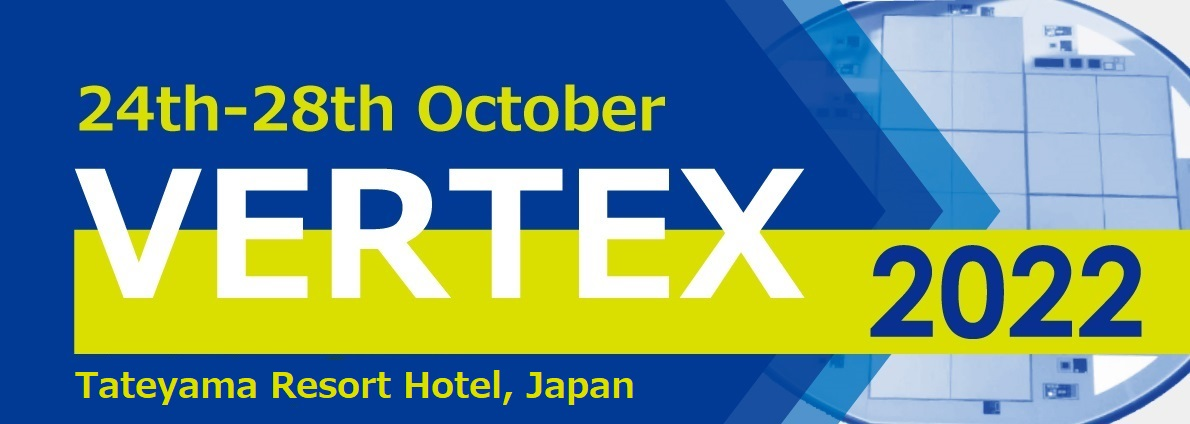Speaker
Description
The significant increase of pileup interactions is one of the main experimental challenges for ATLAS detector physics program during the High Luminosity (HL) LHC operation phase. The nominal operation scenario expects to have an average of 200 simultaneous proton-proton interactions (〈μ〉 = 200) in each bunch crossing. The reconstruction and trigger performance for physics objects will be severely degraded in the end-cap and forward region, where the liquid Argon based electromagnetic calorimeter has coarser granularity and the inner tracker has poorer momentum resolution compared to the central region. The High Granularity Timing Detector (HGTD), is designed for the pile-up effects mitigation in the forward region and for bunch per bunch luminosity measurements. HGTD, based on low gain avalanche detector (LGAD) technology and covering the pseudorapidity region between 2.4 and 4.0, will provide the high precision timing information to distinguish between collisions occurring close in space but well-separated in time. Apart from being radiation resistant, LGAD sensors should deliver 30 ps time resolution per track for a minimum-ionising particle at the start of lifetime, increasing to 75 ps at the end of HL-LHC operation. In this talk, I will present the performances of several unirradiated, as well as neutron irradiated, LGAD sensors from different vendors studied with the test beams in 2022 at CERN SPS and DESY. This study covers the promising results in terms of collected charge, time resolution and hit efficiency of LGADs. A time resolution of < 75 ps is observed in most cases for highly irradiated sensors (2.5e15 neq/cm^2), while integrating timing information to the EUDET system allows for a surface resolution of less than 50 μm. The triggering architecture, picosecond synchronisation scheme and analysis logic will also be presented as well as application-specific electronics and components.
